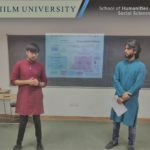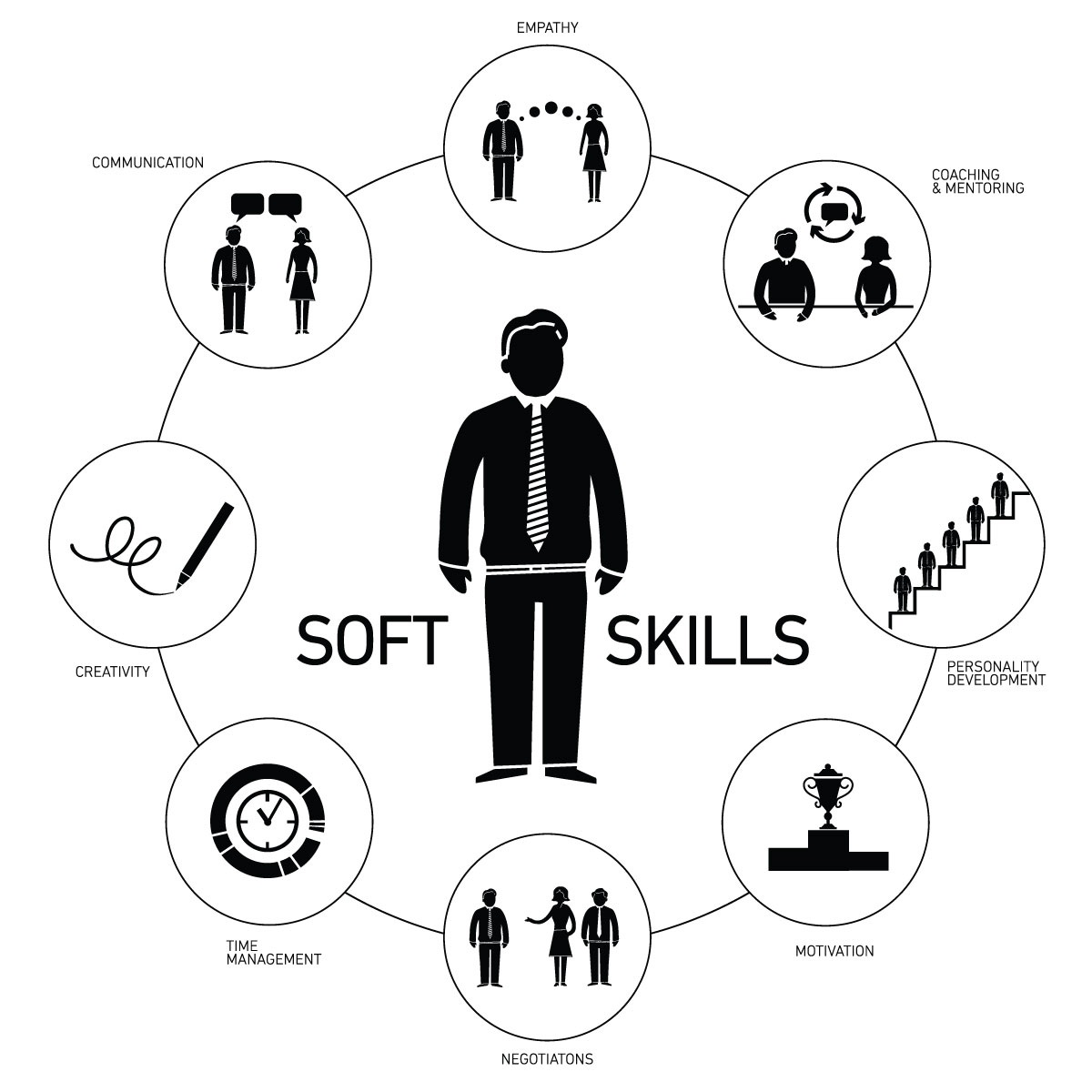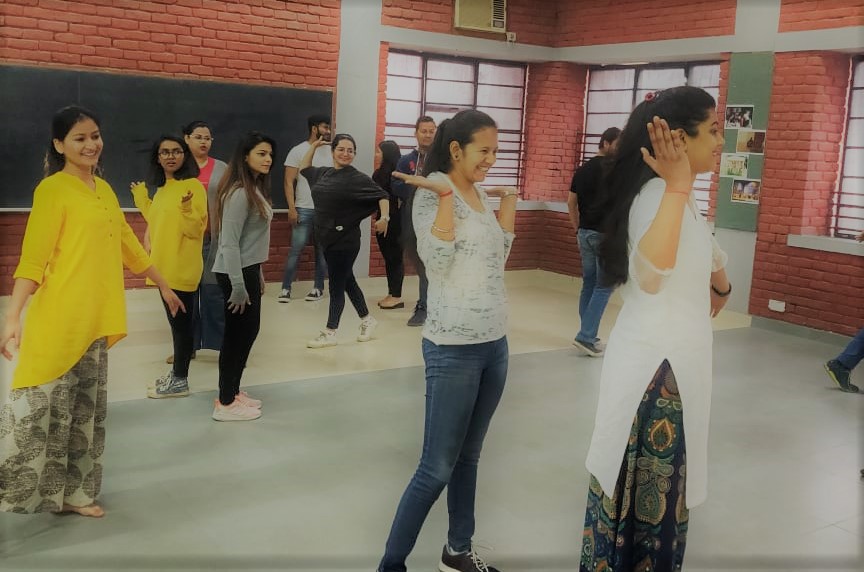The field of business analytics is growing exponentially as organizations realize the value of data-driven insights for strategic decisions. Pursuing an MBA in Business Analytics from a leading private college like IILM University equips students with skills like statistical modelling, data mining, and data visualization to derive impactful business insights. The practical training and strong industry linkages facilitate exciting internships and placements with top recruiters, enabling students to establish rewarding careers in business analytics.
/*! elementor – v3.17.0 – 25-10-2023 */
.elementor-heading-title{padding:0;margin:0;line-height:1}.elementor-widget-heading .elementor-heading-title[class*=elementor-size-]>a{color:inherit;font-size:inherit;line-height:inherit}.elementor-widget-heading .elementor-heading-title.elementor-size-small{font-size:15px}.elementor-widget-heading .elementor-heading-title.elementor-size-medium{font-size:19px}.elementor-widget-heading .elementor-heading-title.elementor-size-large{font-size:29px}.elementor-widget-heading .elementor-heading-title.elementor-size-xl{font-size:39px}.elementor-widget-heading .elementor-heading-title.elementor-size-xxl{font-size:59px}
Why Choose an MBA in Business Analytics?
The MBA in Business Analytics provides extensive training in using data analysis, statistical modelling, predictive analytics, and data visualization to solve critical business problems. Students learn to derive impactful insights from data to drive growth, optimize operations, manage risks, and gain strategic advantage.
Key skills gained include:
- Statistical analysis and modeling
- Data mining and predictive modeling
- Machine learning and AI techniques
- Optimization methods
- Data visualization and dashboard creation
- Leveraging tools like Python, R, SAS, Tableau
Armed with these in-demand skills, MBA Business Analytics students become extremely attractive to recruiters across sectors.
Abundant Internship Opportunities during MBA
Best Private Colleges for MBA for Business Analytics in India , IILM University emphasizes real-world training through summer internships. These provide a launchpad for career progression besides enhancing employability.
Why Internships are Crucial
Internships provide several benefits for MBA Business Analytics students:
- Practical training: Students get to apply classroom concepts to real business challenges and hone analytical skills.
- Domain expertise: Exposure to the workings of different industries like BFSI, retail, IT, and manufacturing.
- Networking: Building connections with managers aids in future job search.
- Job-readiness: The experience makes students seasoned professionals, increasing campus placement potential.
- Funding MBA: Internship stipends provide a means for financing MBA expenses.
- Full-time offers: Outstanding interns may get PPOs (pre-placement offers) from companies.
Top Recruiters for Analytics Interns
Some major recruiters of MBA Business Analytics interns include:
- Management Consultancies: McKinsey, BCG, Bain, AT Kearney
- Investment Banks: Goldman Sachs, JPMorgan, Morgan Stanley
- IT Services Firms: TCS, Infosys, Wipro, Cognizant
- E-Commerce Companies: Amazon, Flipkart, Uber, Ola, Swiggy
- Automakers: Maruti Suzuki, Tata Motors, Mahindra & Mahindra
- Analytics Firms: Fractal Analytics, LatentView, Tiger Analytics, Mu Sigma, Bridgei2i
/*! elementor – v3.17.0 – 25-10-2023 */
.elementor-widget-image{text-align:center}.elementor-widget-image a{display:inline-block}.elementor-widget-image a img[src$=”.svg”]{width:48px}.elementor-widget-image img{vertical-align:middle;display:inline-block} 
Internship Roles and Responsibilities
During their 8-10 weeks long summer internships, students undertake diverse analytics projects such as:
- Marketing analytics – campaign ROI analysis, predictive lead scoring, churn modelling
- Supply chain analytics – demand forecasting, inventory optimization, shipment tracking
- Risk analytics – credit risk models, fraud detection systems, portfolio stress testing
- Healthcare analytics – patient referral analysis, clinical trial analytics, predictive healthcare
- People analytics – recruitment analytics, retention modelling, predicting attrition
This hands-on experience equips students with business acumen and elevates job prospects.
Lucrative Stipends
Based on the analytics role and firm, stipends range from ₹25,000 to ₹1 lakh per month. The earnings potential is higher for candidates with prior experience. Internships provide a good source of funding for the MBA program.
Key Job Profiles and Salaries
Some coveted high-paying profiles are offered:
- Business Analytics Manager – ₹16-22 lakhs p.a.
- Marketing Analytics Specialist – ₹12-18 lakhs p.a.
- Credit Risk Analyst – ₹10-15 lakhs p.a.
- Data Scientist – ₹15-20 lakhs p.a.
- Analytics Consultant – ₹18-25 lakhs p.a.
- Fraud Analyst – ₹8-12 lakhs p.a.
- Business Intelligence Developer – ₹10-14 lakhs p.a.
The average salary package ranges between ₹8-18 lakhs p.a. Candidates from the best online MBA colleges in India and with work experience can earn even higher salaries.
Placement Preparation
IILM University has a robust industry interface and placement preparation activities. These include:
- Resume building workshops
- Mock interviews and GDs
- Aptitude and technical training
- 1:1 mentorship for interview guidance
- Connecting students with alumni working in top firms
The rigorous training combined with summer internships results in excellent placements.

How to Choose the Right MBA Business Analytics Program?
Choosing the right MBA program is crucial to gaining the skills and exposure required to excel in the business analytics domain. Here are some key factors to evaluate when selecting an MBA Business Analytics program:
Curriculum and Specializations Offered
Look for a comprehensive curriculum covering areas like statistical analysis, predictive modelling, optimization methods, data mining, machine learning, AI/ML techniques and data visualization. MBA in business analytics colleges in India, like IILM University, offer electives and specializations such as marketing analytics, operations analytics, financial risk modelling, healthcare analytics, etc. This enables gaining domain expertise to apply analytics in specific industries.
Experiential Learning Opportunities
Best Private Colleges for MBA for Business Analytics in Greater Noida, India, IILM University provides ample opportunities for hands-on learning through summer internships, capstone projects, live case study competitions, consulting projects, etc. Working on real-world business problems under expert guidance is invaluable for honing analytical skills. The program should have a strong focus on experiential learning pedagogy.
Faculty and Industry Connections
Look for highly qualified faculty with proven expertise in business analytics and data science. They should have strong academic credentials and research experience. IILM University also has to visit faculty from the industry, which enhances learning. Robust industry linkages facilitate guest talks, workshops, company visits and aid recruitment.
Start an Exciting Career in Business Analytics
For MBA aspirants keen to establish a rewarding career in business analytics, graduating from IILM University provides the ideal foundation. The rigorous training curriculum focused on experiential pedagogy equips students with cutting-edge analytics skills blended with business acumen. The strong corporate connects and placement cell assistance enables graduates to get recruited by leading analytics firms, IT bigwigs, management consultancies, the BFSI sector and other top recruiters. Alumni are part of blue-chip companies driving analytics initiatives.
Summing Up
The MBA Business Analytics opens up a world of internship and job opportunities across diverse sectors. Through domain internships, students get practical exposure to applying analytical techniques to business challenges.
The strong industry linkages and placement preparation by the best online MBA colleges in India ensure students are career-ready. Graduates are highly valued by recruiters for their technical expertise combined with management knowledge. Pursuing MBA in business analytics colleges in India, IILM University provides a gateway to rewarding career in analytics.











 At IILM University which is considered one of the best private universities for Psychology around Delhi/NCR, we teach critical thinking and communication skills along with other courses where we discuss how anger does not become an issue till you keep ignoring it. Reaching to the core of an internal conflict and addressing concerns is half battle won without inflicting pain to self or others.
At IILM University which is considered one of the best private universities for Psychology around Delhi/NCR, we teach critical thinking and communication skills along with other courses where we discuss how anger does not become an issue till you keep ignoring it. Reaching to the core of an internal conflict and addressing concerns is half battle won without inflicting pain to self or others.




